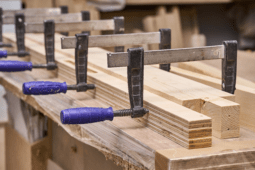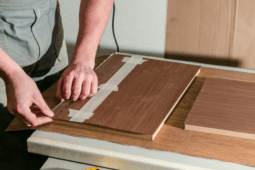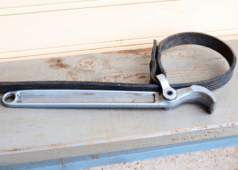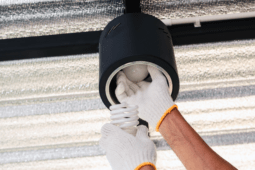ManMade Essential Toolbox: Seriously, the Coping Saw is the Most Versatile Tool Under $20. Here’s What to Know.
Each week in 2015, ManMade is sharing our picks for the essential tools we think every creative guy and DIYer needs. We’ve selected useful, long-lasting tools to help you accomplish a variety of projects, solve problems, and live a hands-on lifestyle that allows you to interact with and make the things you use every day.
Often, in interviews or lectures or conversations with groups, I’ll get asked, “What tool has the most best bang for your buck?” And my answer is always the same: the coping saw. While it’s not as flashy as big standing power tool, or as commonly used as a drill or accurate measuring device, it most certainly provides serious versatility for such a small tool.
Oh…and they cost less than two adult movie theater tickets, without snacks. 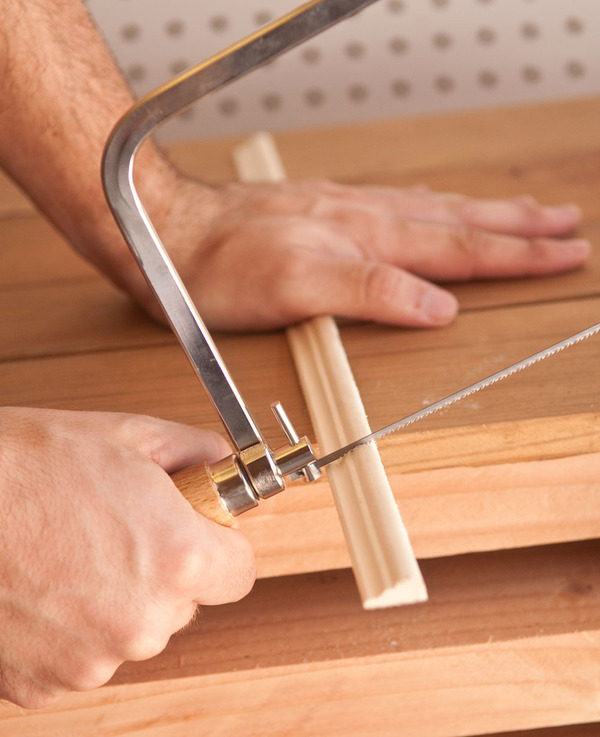
The coping saw is named for its ability to cope – that is, joining two irregular surfaces or faces together. This is most common when joining molding, wherein the coping saw cuts out the profile of the molding, allowing for a tight inside corner joint with a finished look – the mark of quality craftsmanship and a great professional look.
But, in addition to coping, it’s thin, rotatable blade allows it to make a wide variety of cuts. In fact,
this is often the only hand saw I’ll throw in my tool box when I head to an outside job.
Here are a few other common uses:
- remove waste in joinery, such as finger joints or dovetails
- saw intricate shapes and tight curves
- As a safe way to cut small parts and decorative items
- making internal cuts and shapes (by drilling a hole, and passing the blade through the material then reconnecting to the frame
- Cutting gentle curves and wide shapes
- Cutting aluminum angles or tubes, especially where fine or stopped cuts are necessary
- Making corner cuts in large workpieces that can’t be move to the bandsaw table
- Fine shaped cuts in thin material when a jigsaw would vibrate the material to strongly
- Sculpting and shaping 3D wood objects (such as geometric shapes, letters, and other craft-y projects)

The saw’s design allows for the blade to be rotated relative to the frame by loosing the handle, setting the desired angle, and matching it at top. This often makes it the only saw to complete certain tasks. This design is a good 400 years old, and really, there’s no reason to improve it.
So, which coping saw should you get?
Because of it’s simple design, all the little details and features matter. Look for a model with a deep throat in the frame, and good overall weight, ergonomics, and comfort. The best saws make it easy to install, remove, and rotate the blade, and allow you to set the desired tension for the cut. A stiff blade is best – low tension just leads to headaches.
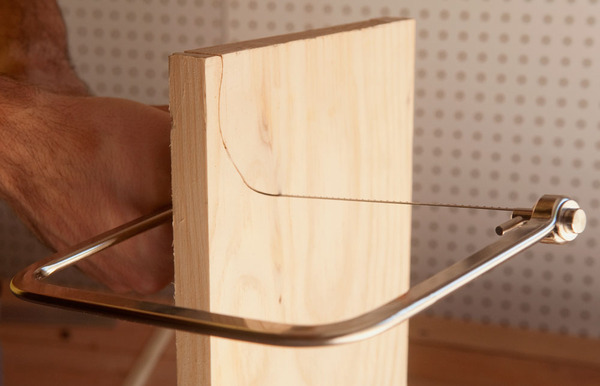
Also – as on many saws: the stock blades are usually no good. Grab a pack of 8-10 TPI blades, and keep them handy.
ManMade Recommended:

